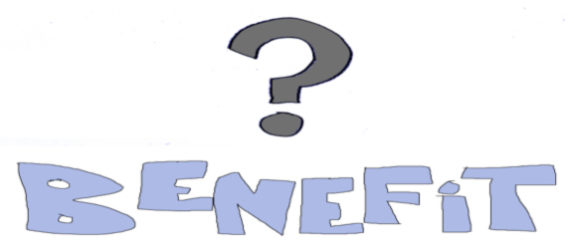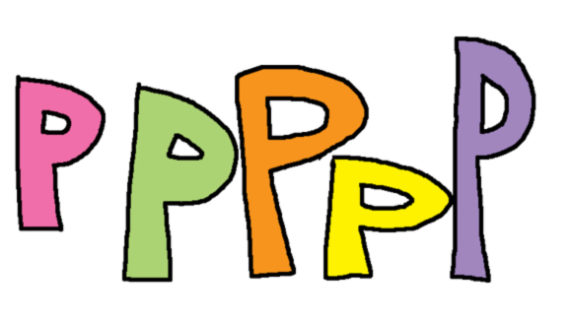BENEFITS NOT FEATURES OF ART
It is well known by professional sales people that a crucial stage of the buying process is …… moving from showing the features of the product or service towards focus onto the benefits to the prospective buyer.
‘Interest is initiated by features, while desire is triggered by benefits.’
But it seems that not many artists know, agree, and fully understand this.
Too many of us, artists that is, spend much too much time and effort showing the features of our art. Features are things like size, medium, artist’s biography, artist’s vision, method of making, etc. These are interesting but they are not benefits to prospective buyers and the reasons for them to buy.
While the benefits to the prospective buyer are….? Well now, lets pause, think, explore, and see if we agree about this.

Benefits of owning art?
The benefits really are rather hard to pin down. I have my own longtime experience as a full-time professional artist to draw upon. And I found it difficult when asked the question. But if I look at the most obvious reasons why people have bought from me I can suggest five or six answers. Here goes.
They say that main benefit of buying anything, including buying art, is ….…. solving problems. This is the catch-all reason why people buy things. We buy food to solve the problem of possible hunger by avoiding it. We solve the problem of exposure by buying shelter, warmth, and clothing.
And people buy art to solve a problem. Typical problems would be what to hang on the wall to match the curtains, or what to buy for Mother next Christmas, or what to get to remember your holiday. Maybe it is the need to give a gift, or decorate a setting, or just fill a space. There are also many other problems, like where to invest some money, how to cheer up everyone in the office, or how to impress the neighbors. There is a long list of problems waiting to be solved by buying art. The trouble is that you often don’t know what a particular potential buyers problems are.
So instead I suggest that we can break this down into five positive types of Benefit. They also all begin with the letter P…….
Pleasure. Profit. Prestige. Participation. Patronage.

Pleasure in art is the biggest benefit. Owning, living with, and looking at art in your home or office is subjective. But if you like it, and it inspires you, and excites you, and it transforms your environment, and it makes you happy, then you will enjoy and get the pleasure benefit from the art. This is very often the prime and only benefit that needs to be created, shown and shared by the artist. Make and display art that gives pleasure.
Profit is the main benefit that inspires players in the art business to buy art. They want to sell it again at a profit. They are looking for a bargain to buy, and a product that others will buy from them. So art galleries, shops, designers, etc. desire the profit benefit. Artists should make art that they can resell. Plus of course there is the interesting but unlikely bonus possibility that an art piece might just be a good long-term investment for a private buyer who buys art for a different reason.
Prestige as a benefit is not about the status of the artist, but the potential strengthening of the prestige and status of the buyer and owner of the art-piece.
The art can do this by improving the setting where it is displayed. Does the art increase the viewer’s experience of the location? A piece of art says so much about the collector. The collector is more important here than the artist. It is often hard for artists to accept this.
Participation in the creative world is a joy to many who don’t actually make art but enjoy involving themselves in the art world. The artistic community is often radical, unconventional, exciting, spiritual, versatile, playful, and quite different to the usual dry logical world of work and responsibility. But making art professionally must not be a selfish, self-satisfied, and lonely occupation. Artists should enjoy sharing their vision, and encourage feedback from their viewers. Artists have to be more than just interesting. They must provide a valuable interest that is a benefit to their potential buyers. Owning art can stimulate the creative side of potential collectors who enjoy broadening their horizons.
Patronage is a significant benefit for some buyers who get a good social return, or other benefit, by supporting artists or art projects. Patrons can benefit without personal pleasure, profit, prestige or even participation. They might just be keen to provide art for their local school or hospital for instance.
Conclusion
So with these potential benefits in mind can we say that any of the features mentioned earlier really matter? They were things like size, medium, artist’s biography, artist’s vision, method of making, etc. Obviously features are not crucial. Features are interesting, but the benefits to the potential collector are paramount.




